Complete Solutions to Single Correct Answer Type of chapter ALKENES AND ALKADIENES of Class 11 book with complete answers and questions
| Class 11 | CHEMISTRY |
| Chapter | ALKENES AND ALKADIENES |
| CENGAGE CHEMISTRY | Single Correct Answer Type |
| Number Of Questions | 62 |
| Academic Year | 2023-24 |
Which of the following shows geometrical isomers ?
04:11View SolutionWhich of the following compounds would have the same vapour pressure ?
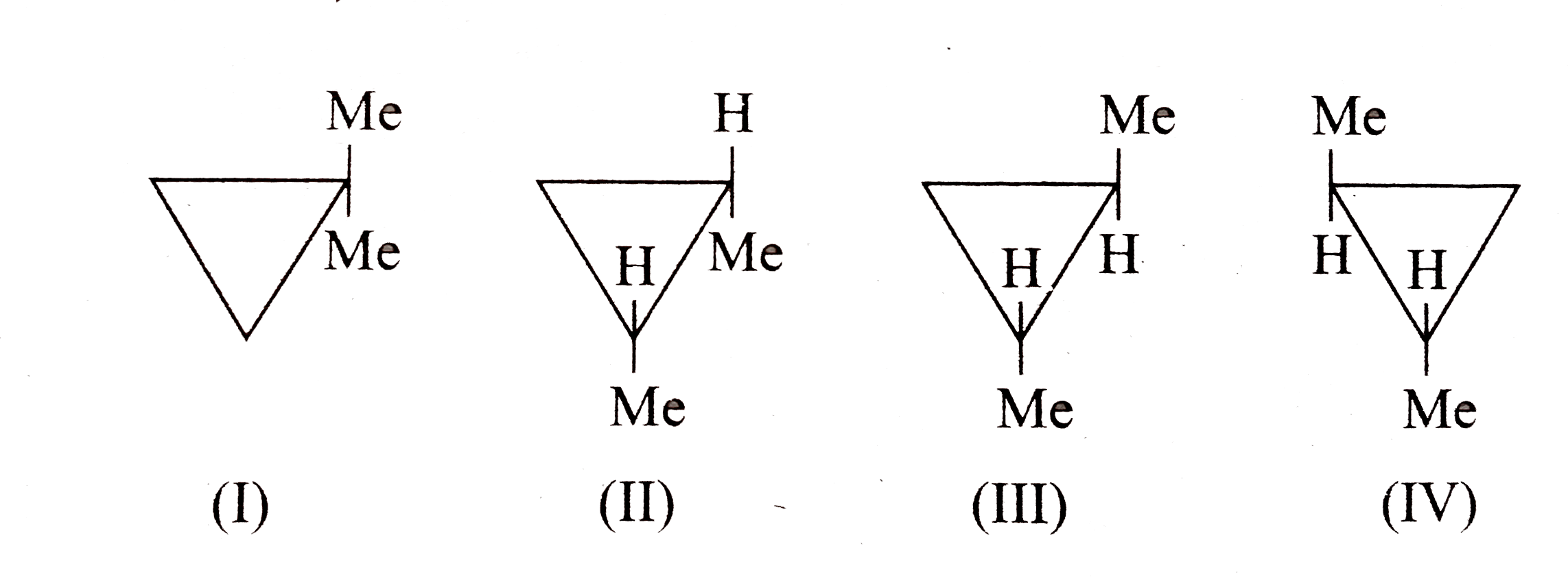 02:06View Solution
02:06View Solution
The product (C) and (D) are :02:19View Solution
The product `(C)` and `(D)` are `:`02:40View SolutionArrange the following compounds in the decreasing order of acidic character.
`I.` Butane ,`II.` but`-1-`ene
`III.` But`-1-` yne `IV.` Butan `-1-`ol03:16View SolutionOut of the following compounds .
`I.` Pent `-1-`ene,
`II.` Pent `-2-`ene
`III.` `2-`Methyl but `-1-`ene
`IV.` `2-`Methyl bu`-2-`ene.
Which pair of the lowest and the highest heats of combustion, respectively ?03:15View Solution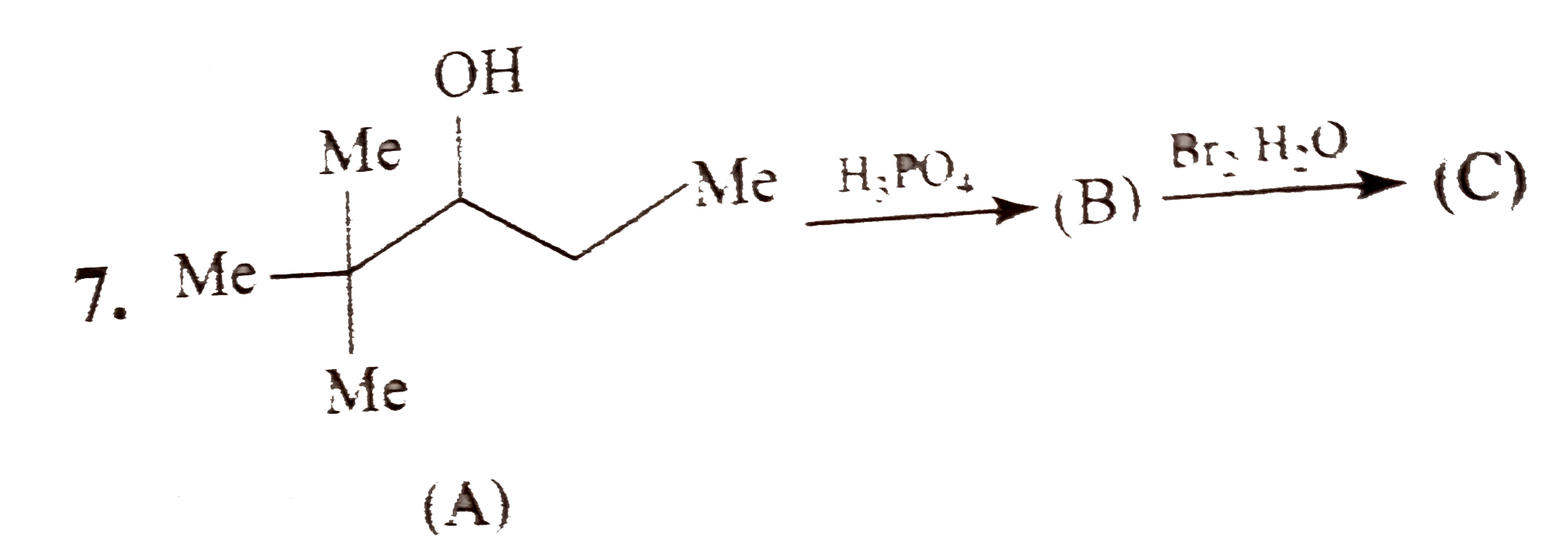
Compound (C) is:03:34View SolutionRefer to Question. When the compound `(B)` on ozonolysis is followed by oxidation with `H_(2)O_(2)`, the products are `:`
02:09View Solutiontrans `-3,6-`Dimethyl oct`-4`ene `(A)` exists in two diasteromer `(I)` and `(II)`.

Which statement is true about `(I)` and `(II)`?02:31View SolutionThe total number of stereoisomers for `(A)` is `:`
03:22View SolutionAn organic compound (A) `(C_(10)H_(20))`on reductive ozonolysis gives `2-` methyl butanal. Based on this information, answer the following question.
If the stereochemistry about the double bond in (A) is cis, the total number of stereoisomers for (A) is :03:08View SolutionIf the stereochemistry about the double bond in `(A)` is trans, two diastereomers `(I)` and `(II)` exist as shown in Question.
Which statement is correct ?02:21View Solution
Compounds `(B)` and `(C)` are `:`03:27View Solution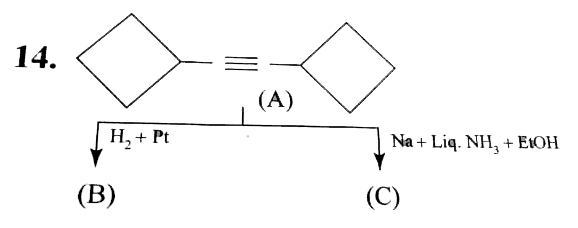
Compound `(B)` and `(C)` are `:`03:19View SolutionThe three compounds `(A),(B),`and `(C)` on hydrogenation with `H_(2)+Pd` give `(D),(E)` and `(F)`, respectively.

Compounds `(D),(E)` and `(F)` are `:`02:59View SolutionWhich of the following will have lower `pK_(a)` value ?
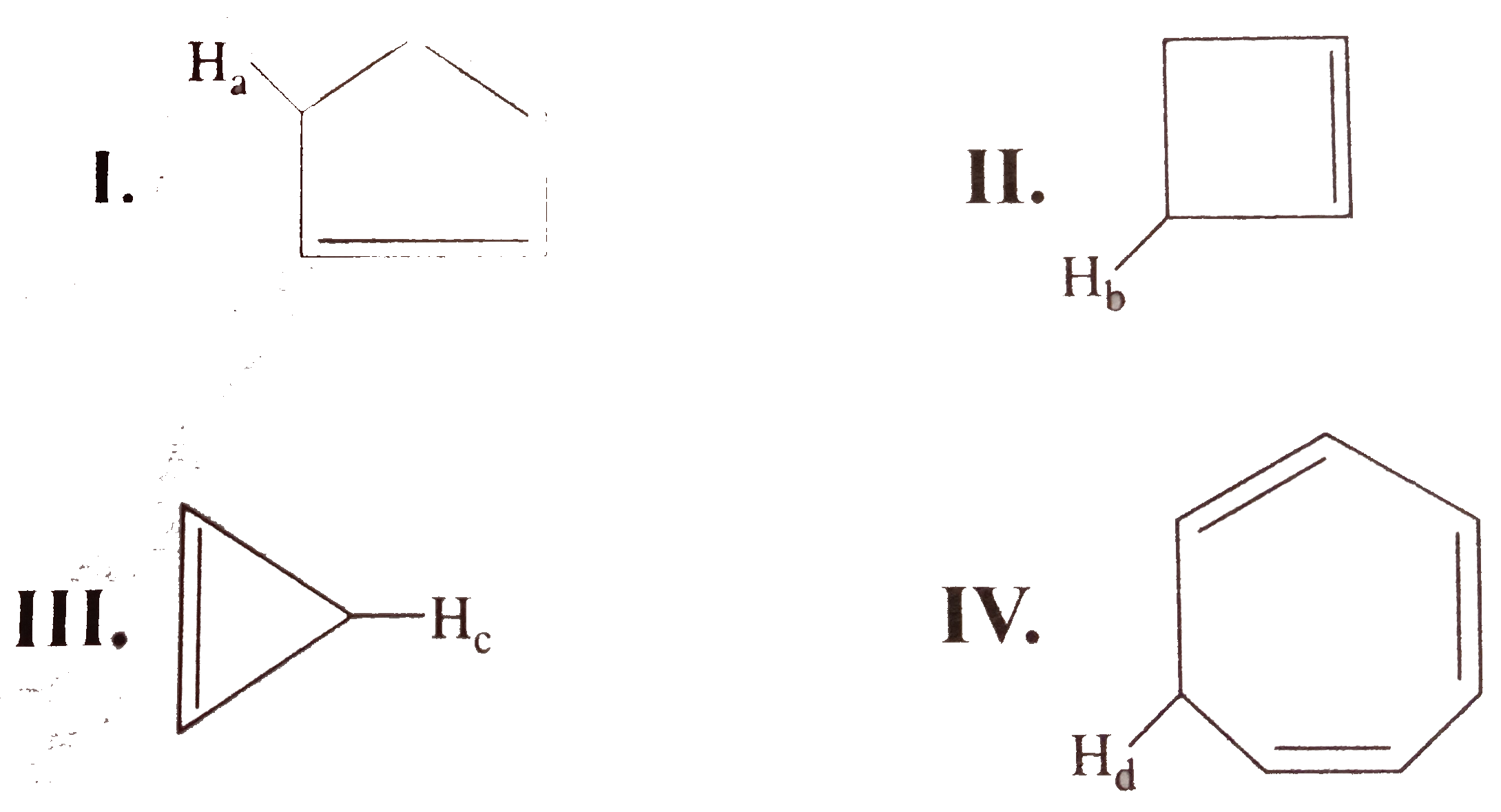 07:28View Solution
07:28View SolutionThe decreasing order of acidic character is `:`
02:46View SolutionWhich of the following is the correct order of stability of the
following compounds `?` 02:50View Solution
02:50View SolutionWhich of the following is the most stable species ?
04:16View SolutionWhich of the following is non `-` aromatic in nature ?
02:17View SolutionWhich of the following species is least stable ?
06:15View SolutionWhich of the following is anti`-` aromatic in nature ?
03:28View Solution
Intermediate `(B)` and Product `(C)` are `:`05:00View SolutionWhich statement is correct about cyclopentadienyl anion ?
 02:30View Solution
02:30View SolutionIn which of the following, the `DeltaH_(h)^(@)` is maximum ?
02:00View Solution
Compound `(C)` is `:`02:42View SolutionThe decreasing order of reactivity towards electrophilic addition (e.g. addition of `HX,X_(2),` etc.) of the following is `:`
`I. CH-= CH`
`II. CH_(2)=CH_(2)`
`III.` `H_(2)C=CH-Cl`
`IV` 03:57View Solution
03:57View Solution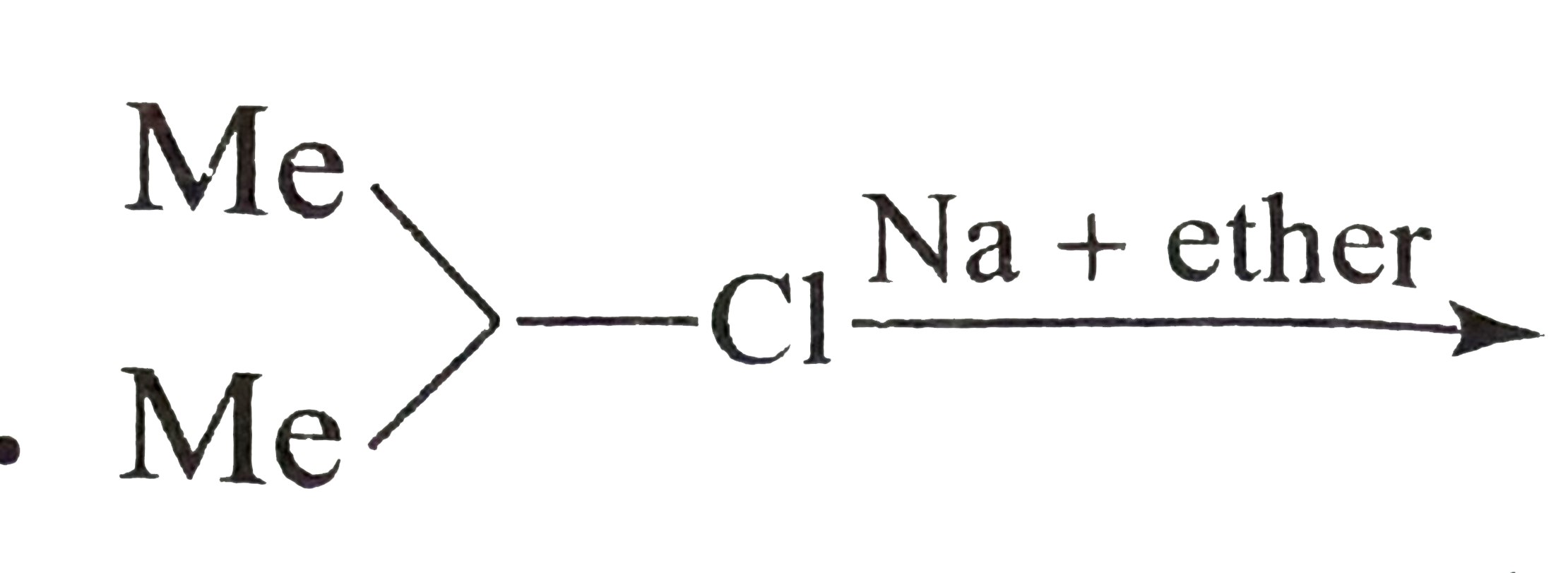 (B)`overset(2mol)underset(Cl_(2)+hv)(rarr)` (C)`overset(2mol)underset(Alc.KOH)(rarr)`
(B)`overset(2mol)underset(Cl_(2)+hv)(rarr)` (C)`overset(2mol)underset(Alc.KOH)(rarr)`
(D) `overset(CH_(2)=CH_(2))underset(Delta)(rarr)` (E)
The final product `(E)` is `:`03:57View SolutionWhich of the following reagents can be used for the reaction given below ?
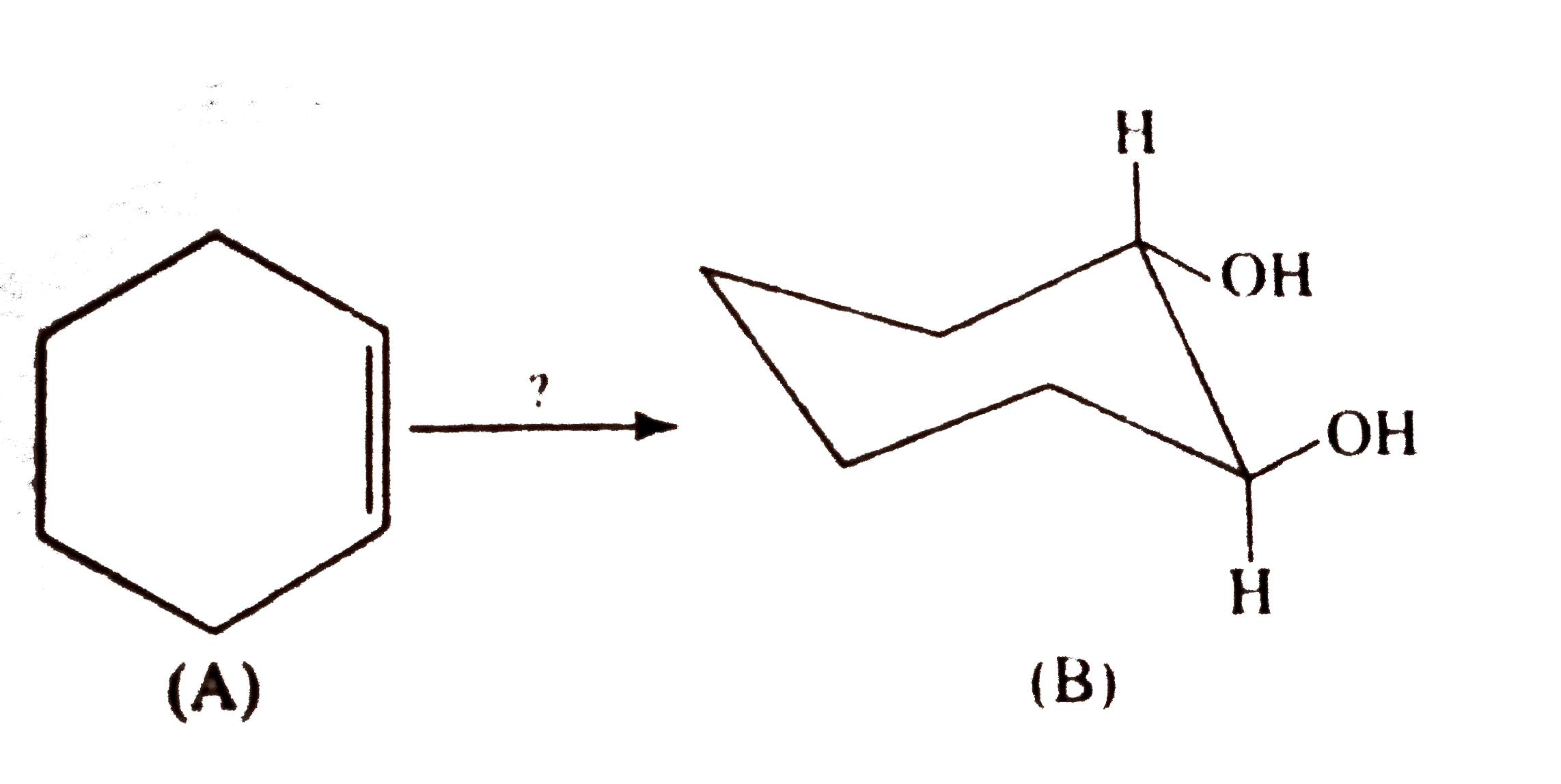 03:50View Solution
03:50View SolutionCompound `(A)(C_(5)H_(10))` does not dissolve in cold conc. `H_(2)SO_(4)`.
What is `(A)`?02:06View Solution
Product `(B)` and name of the reaction in the formation of `(B)` are `:`04:12View Solution
Which statement is correct ?01:52View Solution
Compound `(B)` is `:`02:18View SolutionWhich reagents could be used to carry out the following reaction `?`
 03:07View Solution
03:07View Solution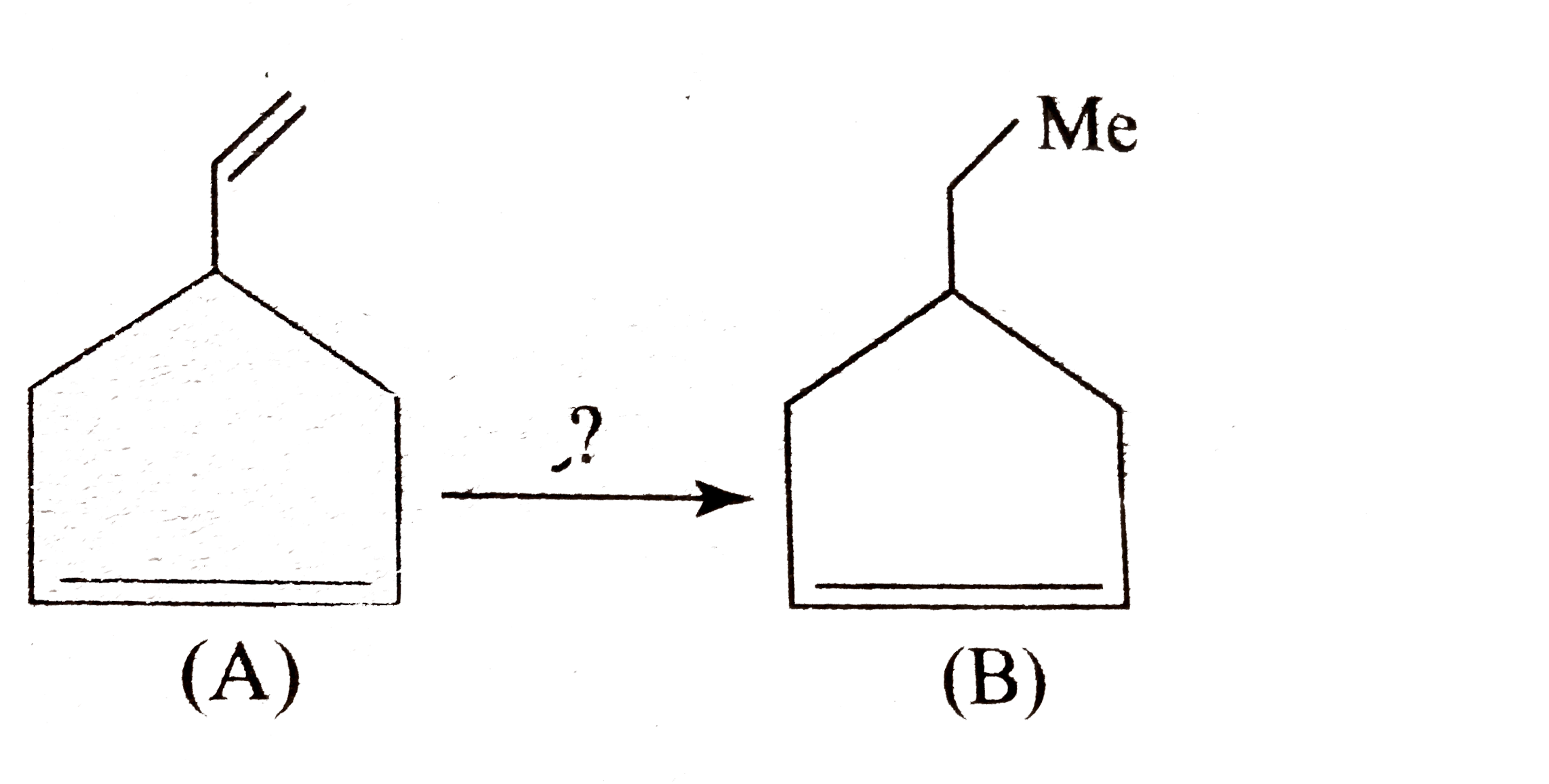
Which reagent is used for the conversion of `(A)` to `(B)` ?03:33View Solution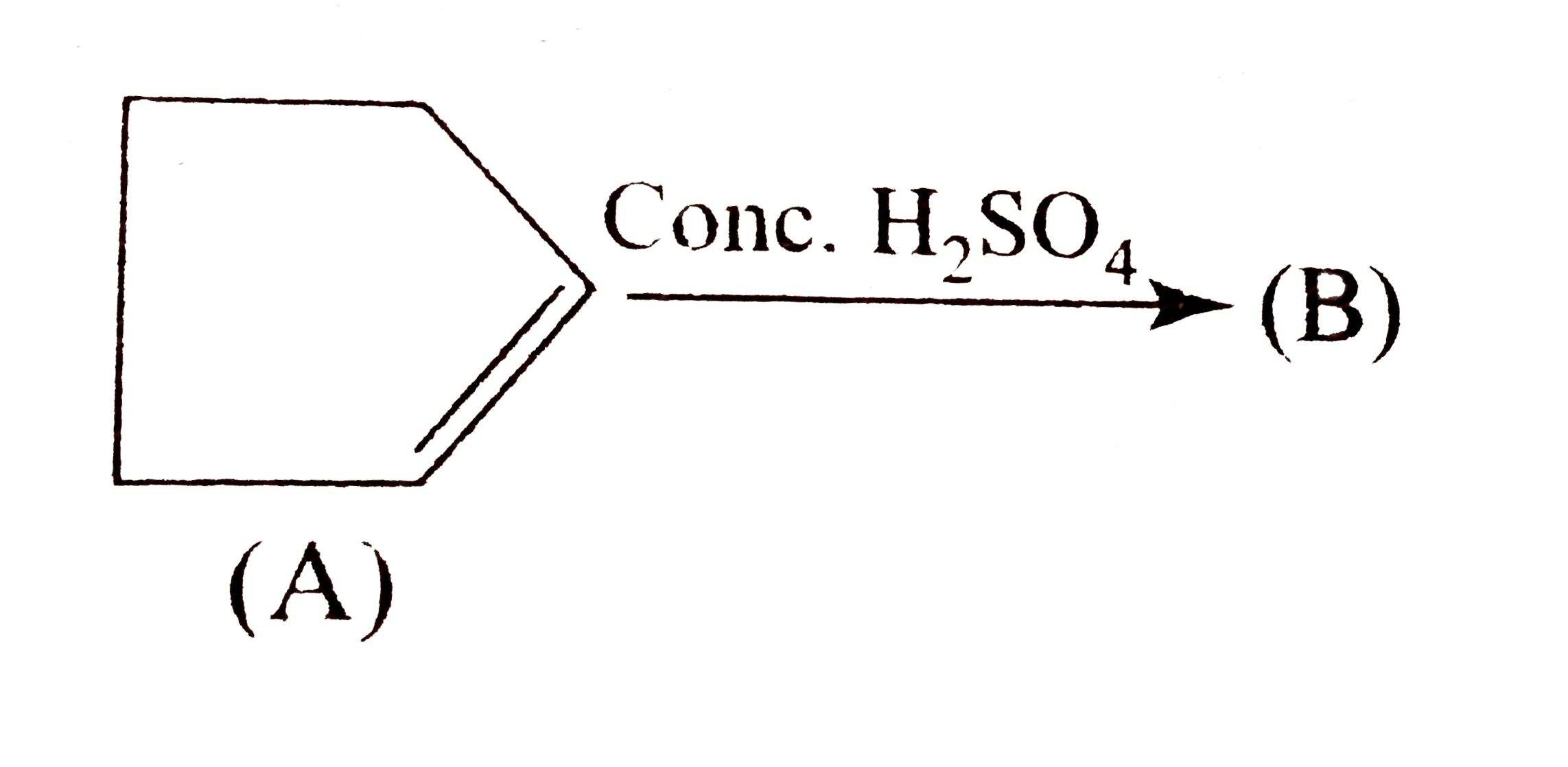
Product (B) is :04:43View Solution
Which reagent cannot be used for the above conversion ?02:49View SolutionWhich one is the most easily dehydrated ?
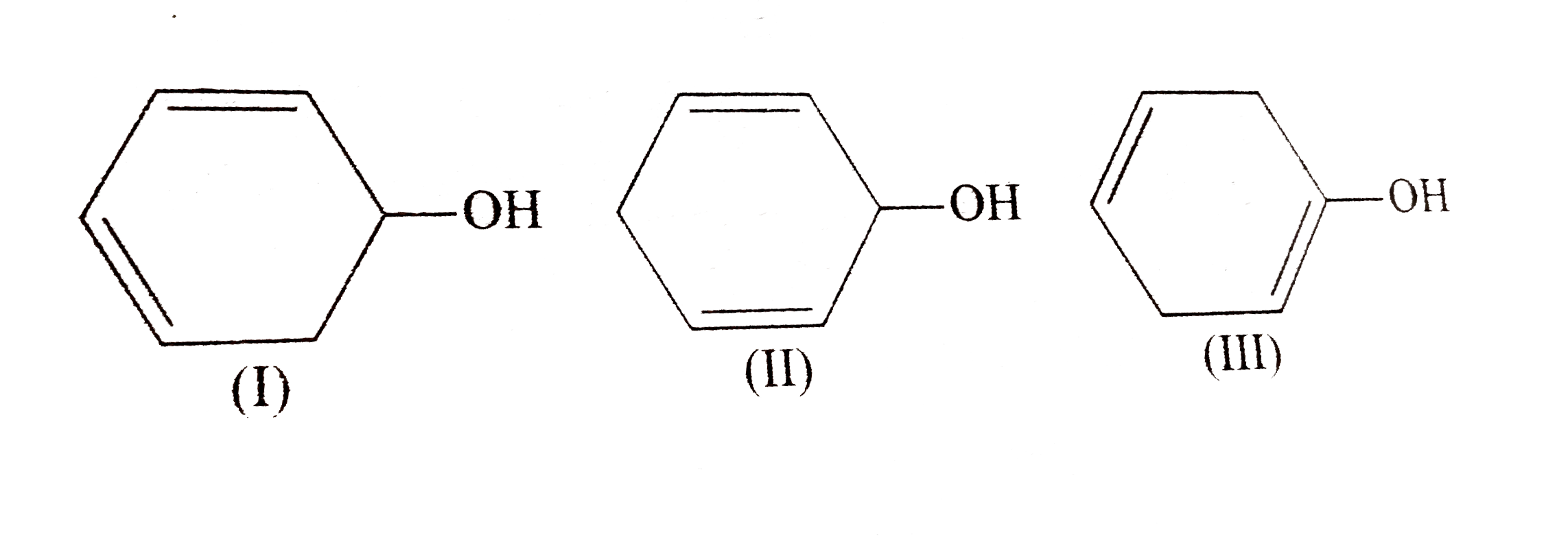 05:19View Solution
05:19View Solution
The number of geometrical isomers of `(A)` can be `:`04:15View SolutionMeso`-` and racemic `-2,3-`dibromobutane on reaction with `Nal` in acetone give `:`
03:05View SolutionThe racemic `-2,3-`dibromopentane on reaction with
`KI` in acetone give `:`04:42View Solution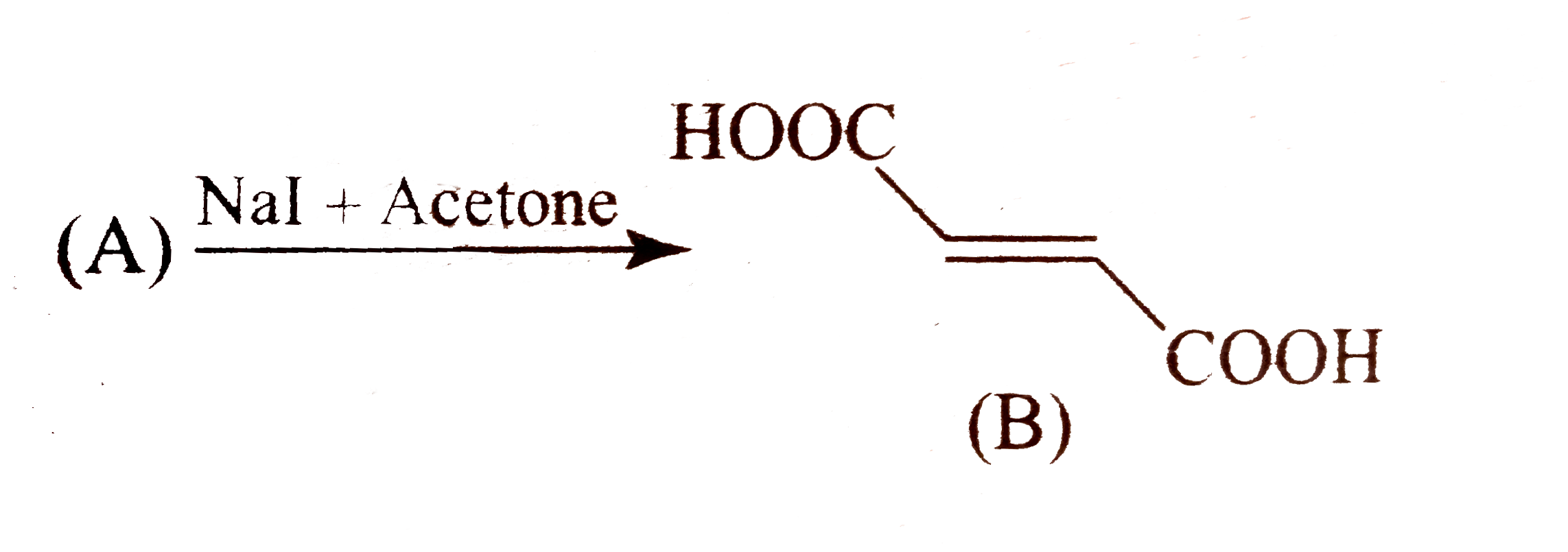
`(A)` is `2,3-`dibromobutan `-1,4-`dioc acid.
Which stereochemical reactant is `(A)`?05:16View Solution
`(A)` and `(B) are `:`02:00View Solution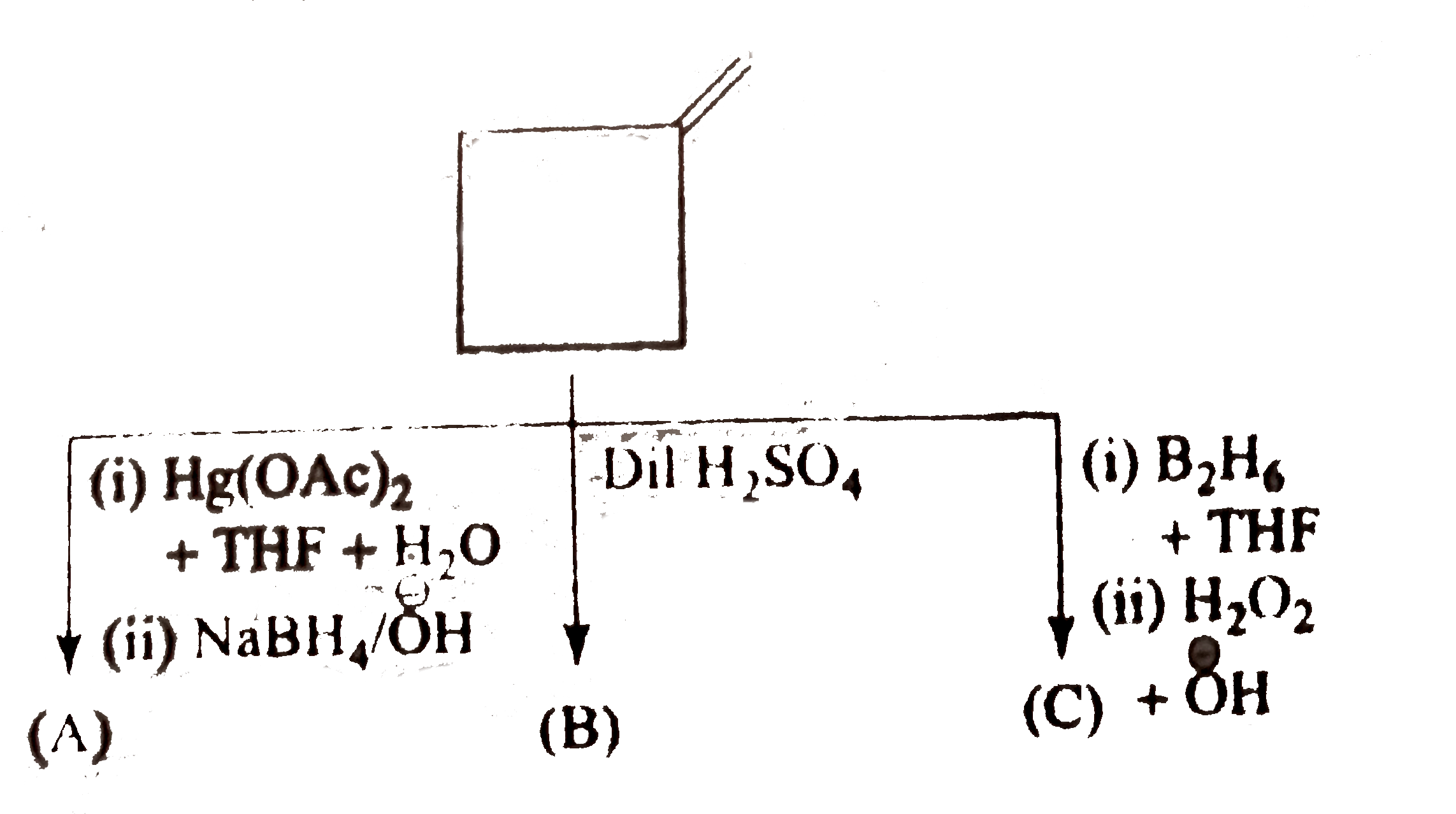
`(A),(B),`and `(C)` are`:`07:57View Solution`(A)overset((i)BD_(3)//THF)underset((ii)CH_(3)COOH)larrPenten eoverset((i)BD_(3)//THF)underset((ii)CH_(3)COOD)rarr(B)`
`(A)` and `(B)` are `:`01:52View Solution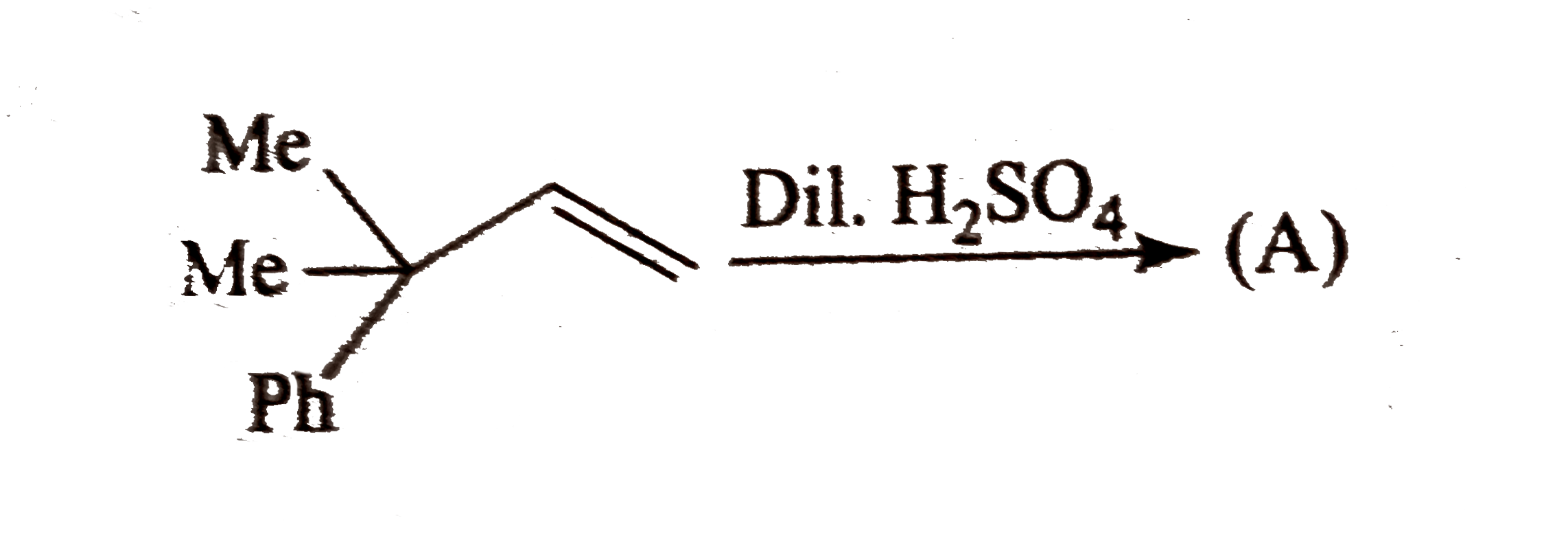
Compound `(A)` are `:`02:20View SolutionWhich is the wrong statement about oxymercuration `-` demercuration `?`
04:50View Solution
`(A), (B),` and `(C)` are `:`02:22View SolutionWhich is the wrong statement ?
04:22View SolutionWhich statement`(s)` is/are correct ?
`i.` In oxymercuration and demercuration reaction, the electrophile is `AcOHg^(o+)`.
`ii.` In this reaction, `Hg^(+)` is reduced to `Hg^(0)`.
`iii.` In this reaction, `Hg^(2+)` is reduced to `Hg^(+)`
`iv.` In this reaction, `Hg^(2+)` is reduced to `Hg^(0)`.02:52View SolutionArrange the following alcohols in the decreasing order of
dehydration with conc. `H_(2)SO_(4)`.
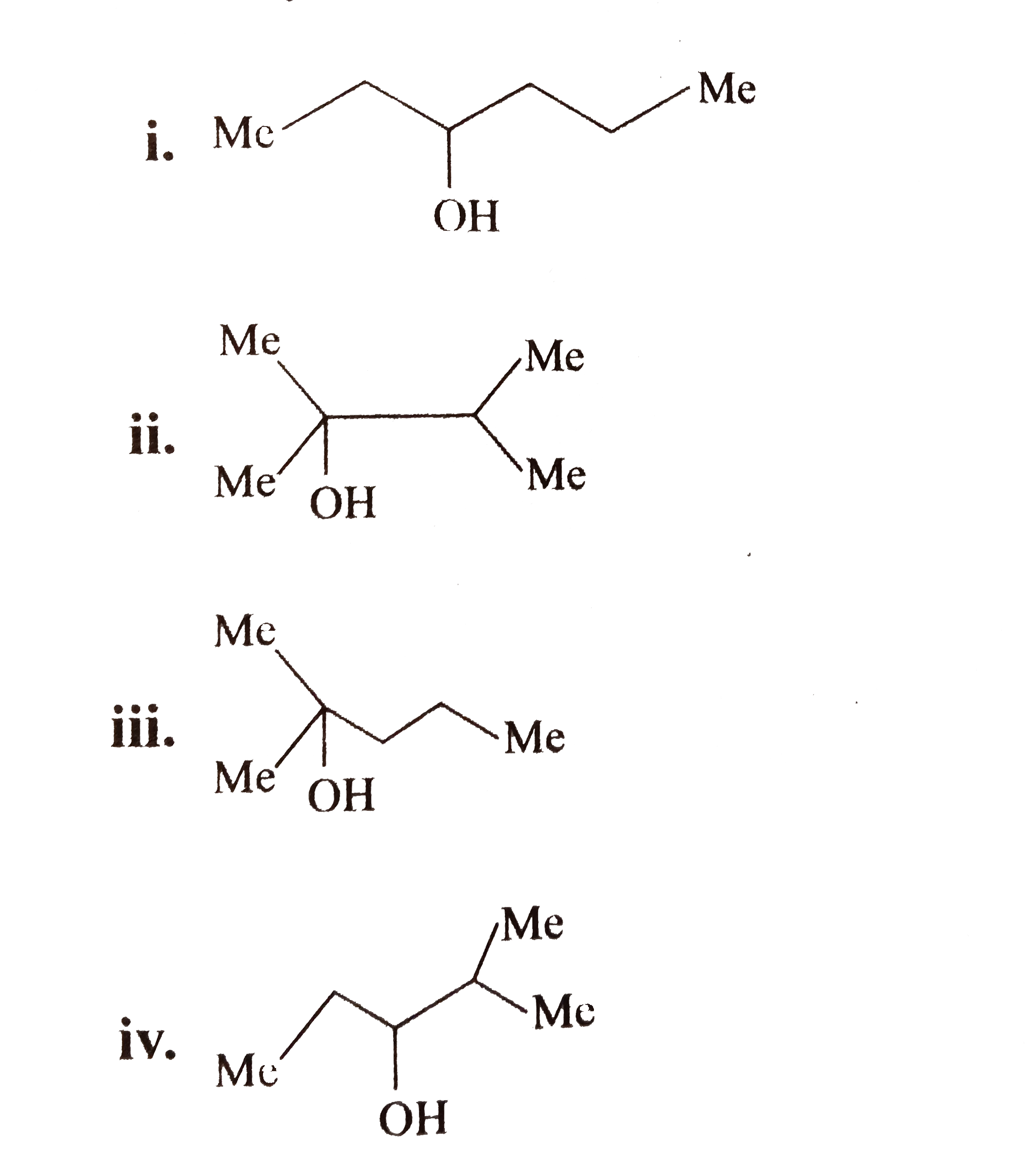 03:51View Solution
03:51View Solution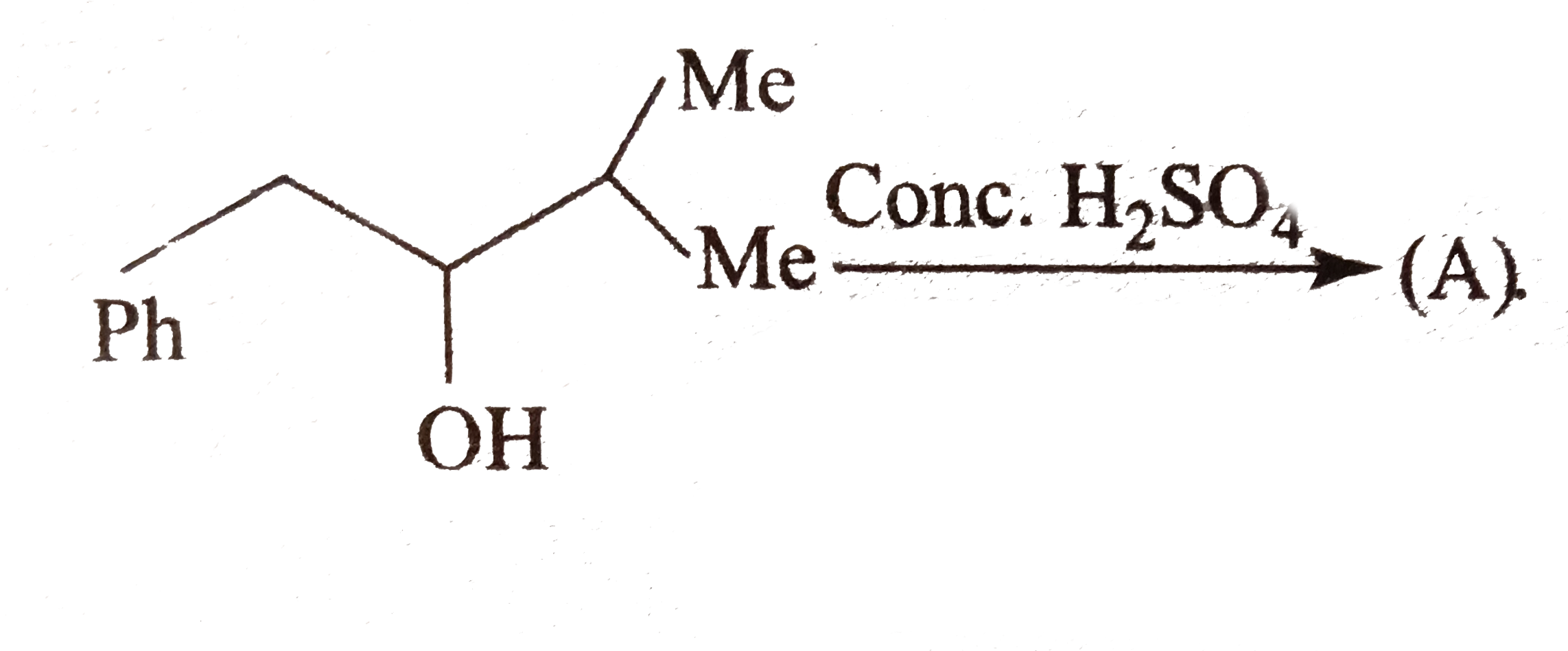 `(A)` is `:`02:37View Solution
`(A)` is `:`02:37View Solution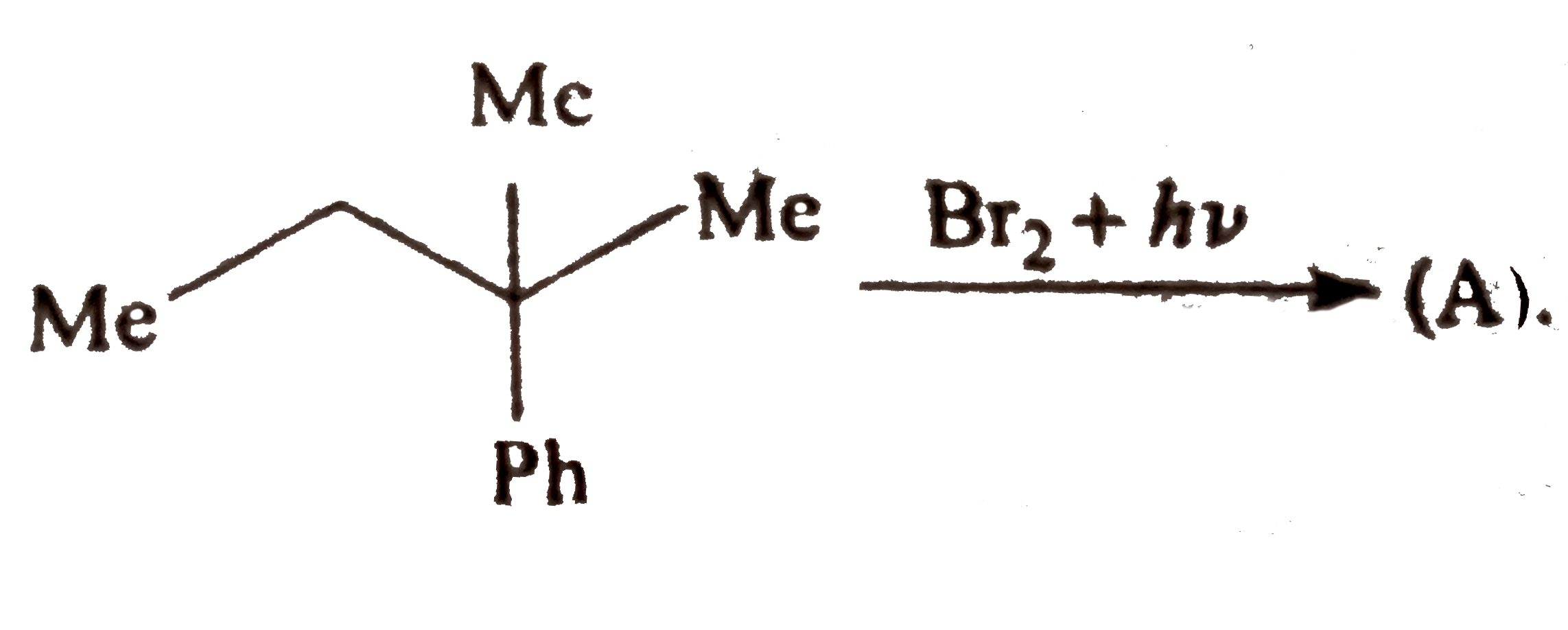 A is :03:11View Solution
A is :03:11View Solution
Which statement is true ?
`i`. The product is
`ii.` The product is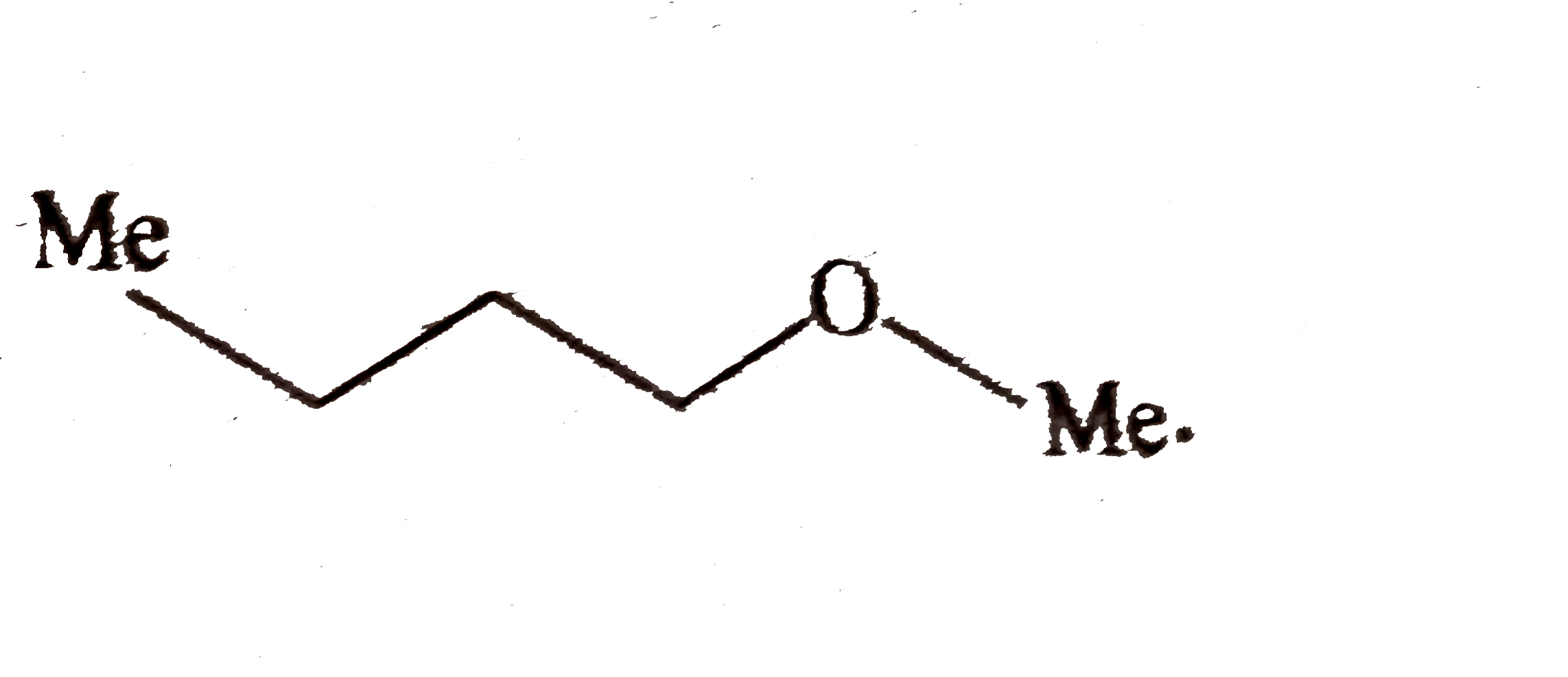
`iii.` The reaction is called alkoxymercuration `-` demercuration `(` a type of solvomercuration `-` demercuration `)`.
`iv` It proceeds via markovnikov addition addition, anti`-` addition of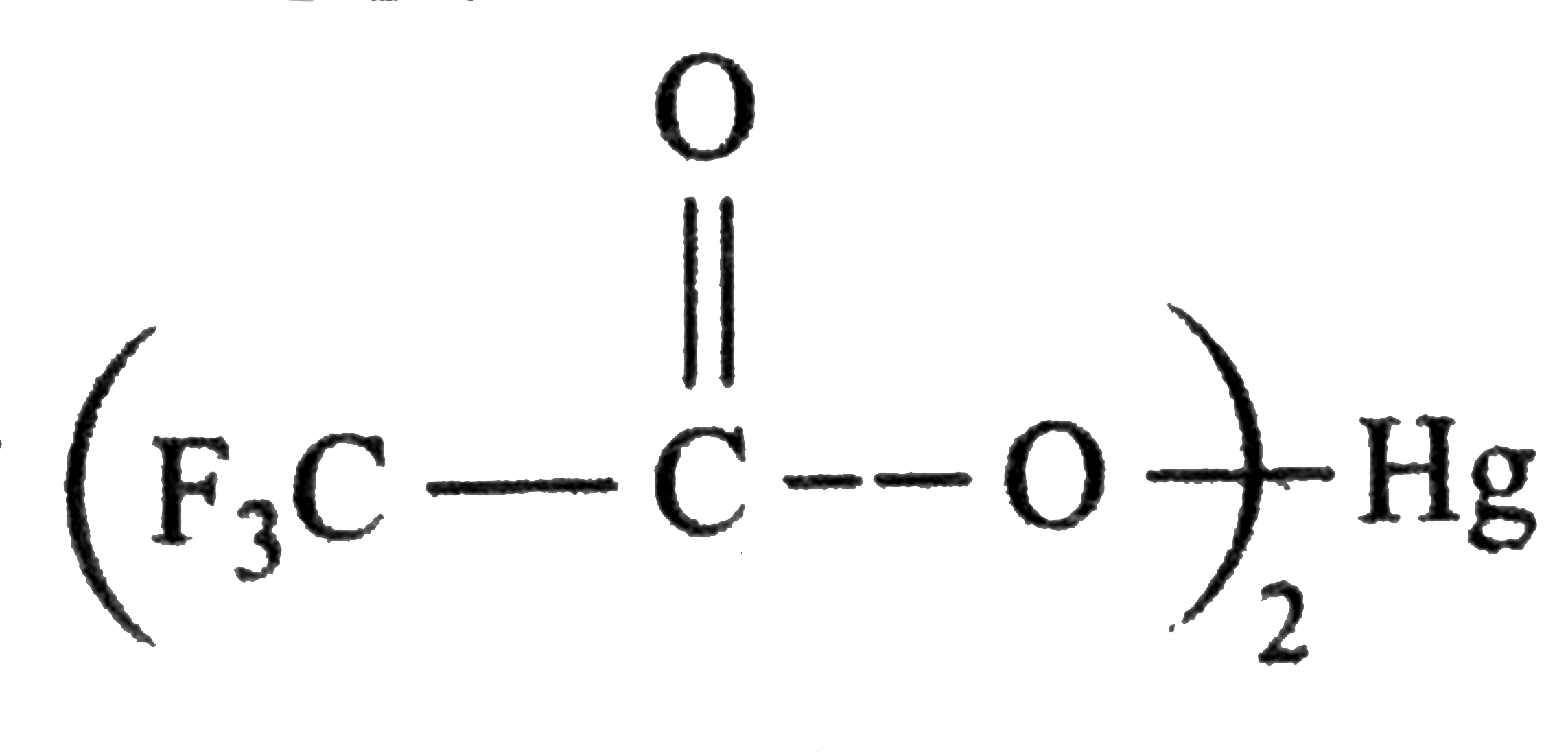 and `ROH(` a nucleophilc solvent `)` and not rearrangement. 04:09View Solution
and `ROH(` a nucleophilc solvent `)` and not rearrangement. 04:09View Solution
Identify the product02:27View Solution 04:52View Solution
04:52View Solution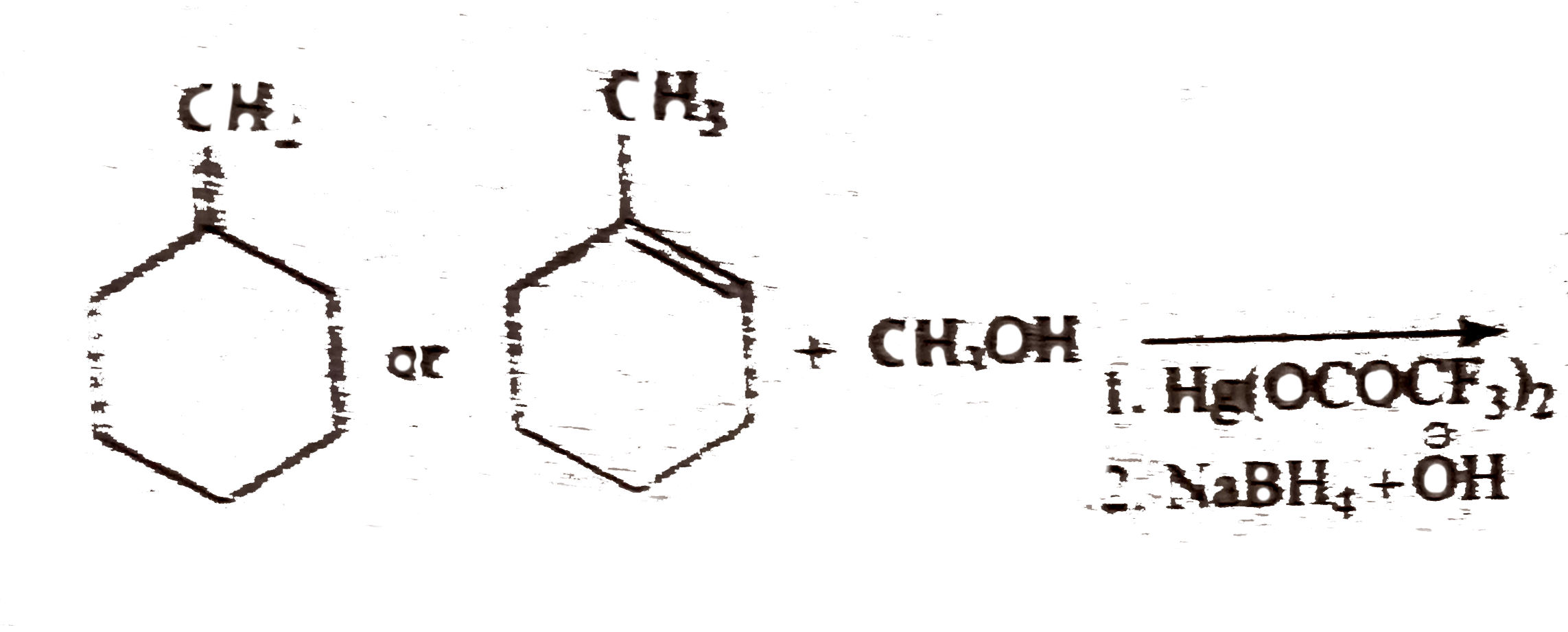 The product is `:` 04:28View Solution
The product is `:` 04:28View SolutionDefine halides
02:00View Solution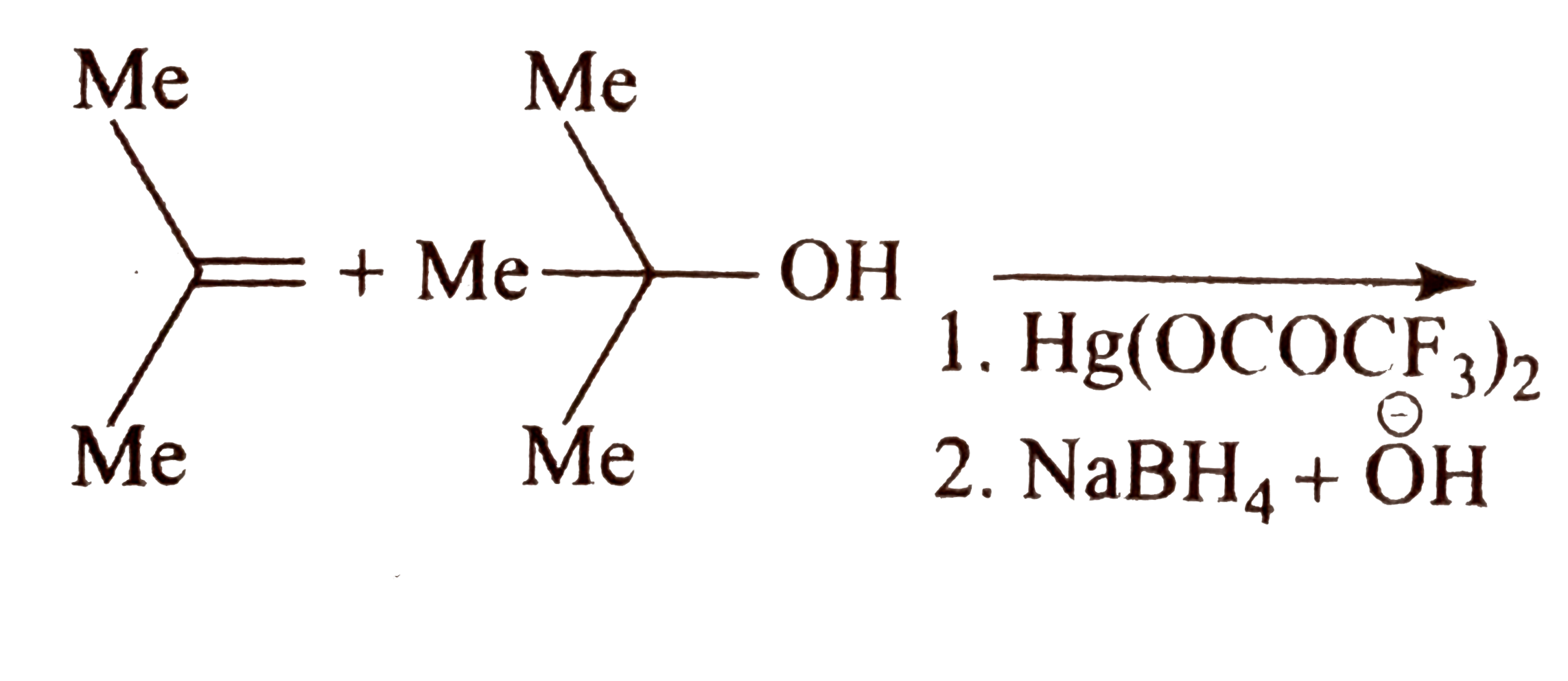 The product is `:` 03:22View Solution
The product is `:` 03:22View Solution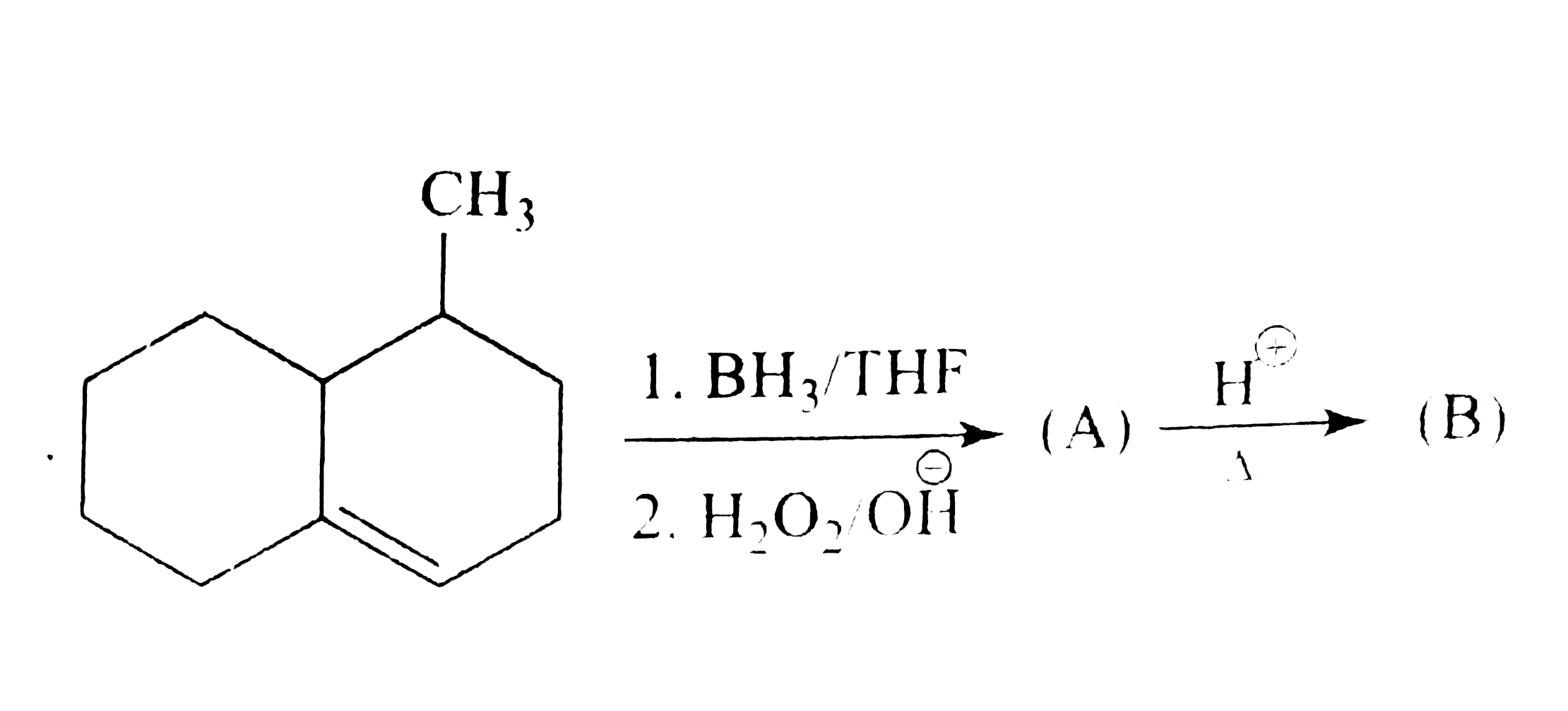
The product `(B)` is `:`06:13View SolutionGive the decreasing order of reactivity of Diels `-` Alder reactions
for the following :
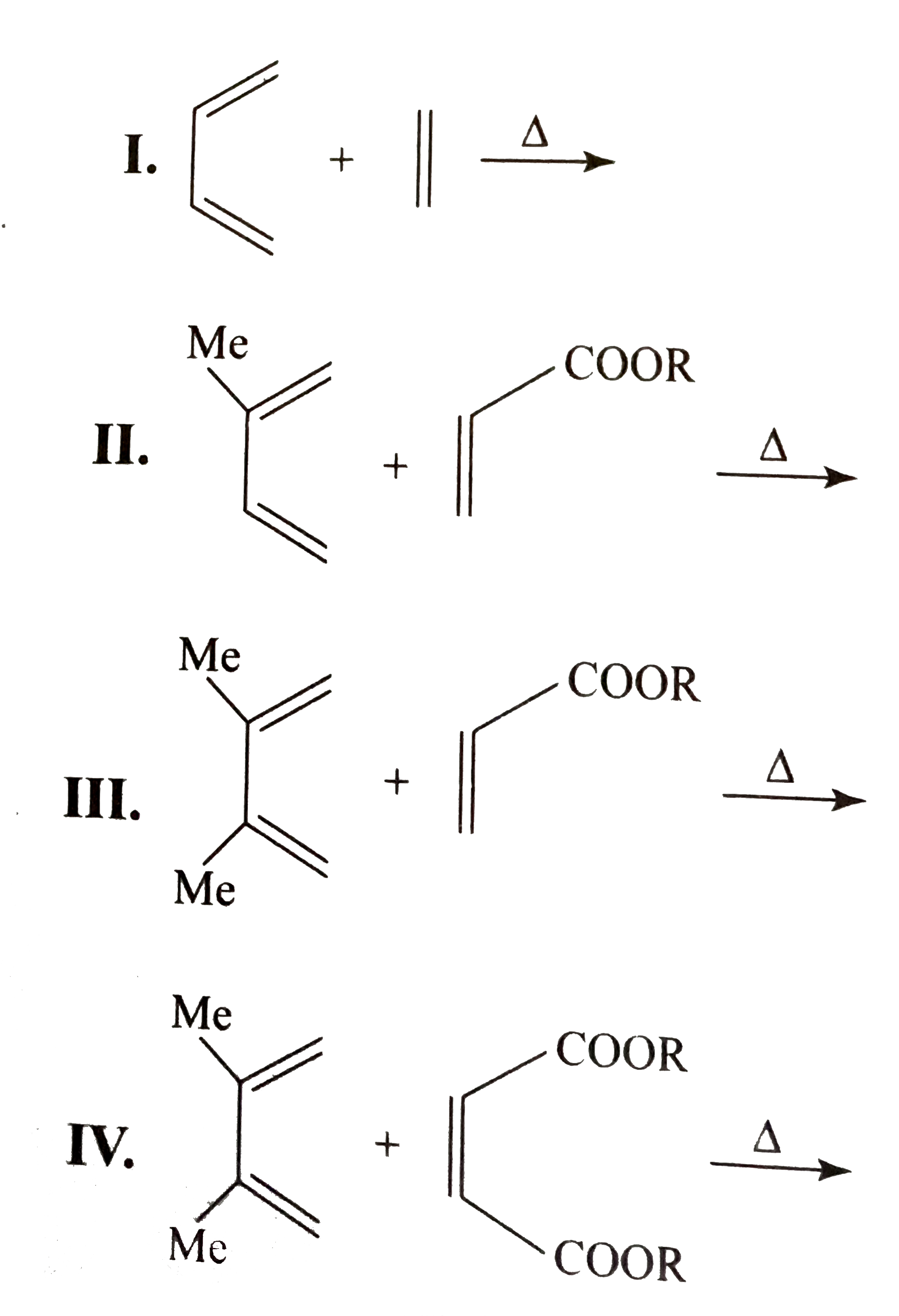 03:02View Solution
03:02View Solution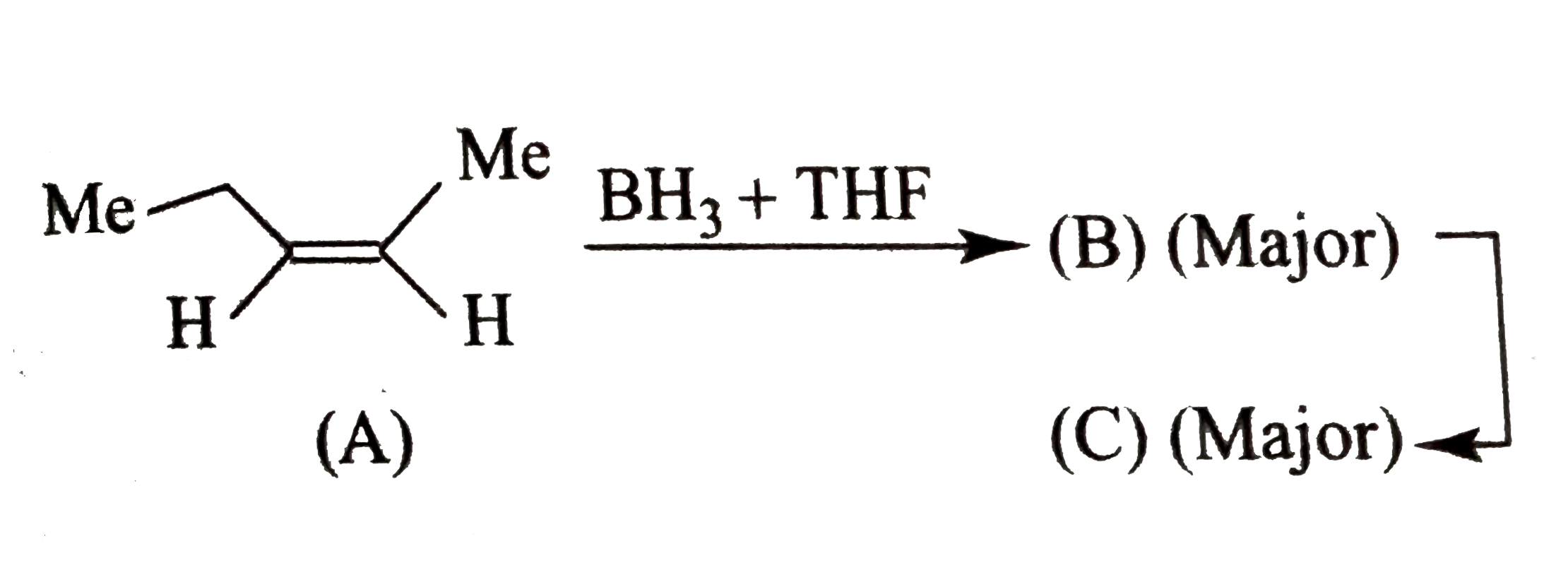 `H_(2)O_(2)+overset(Θ)(O)H`
`H_(2)O_(2)+overset(Θ)(O)H`
B and C are:03:08View Solution
Single Correct Answer Type questions and complete solutions for chapter ALKENES AND ALKADIENES of CENGAGE CHEMISTRY (ENGLISH) of Class 11
